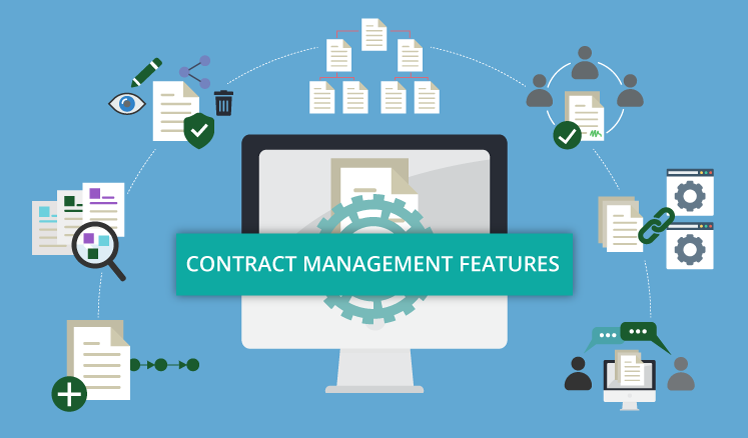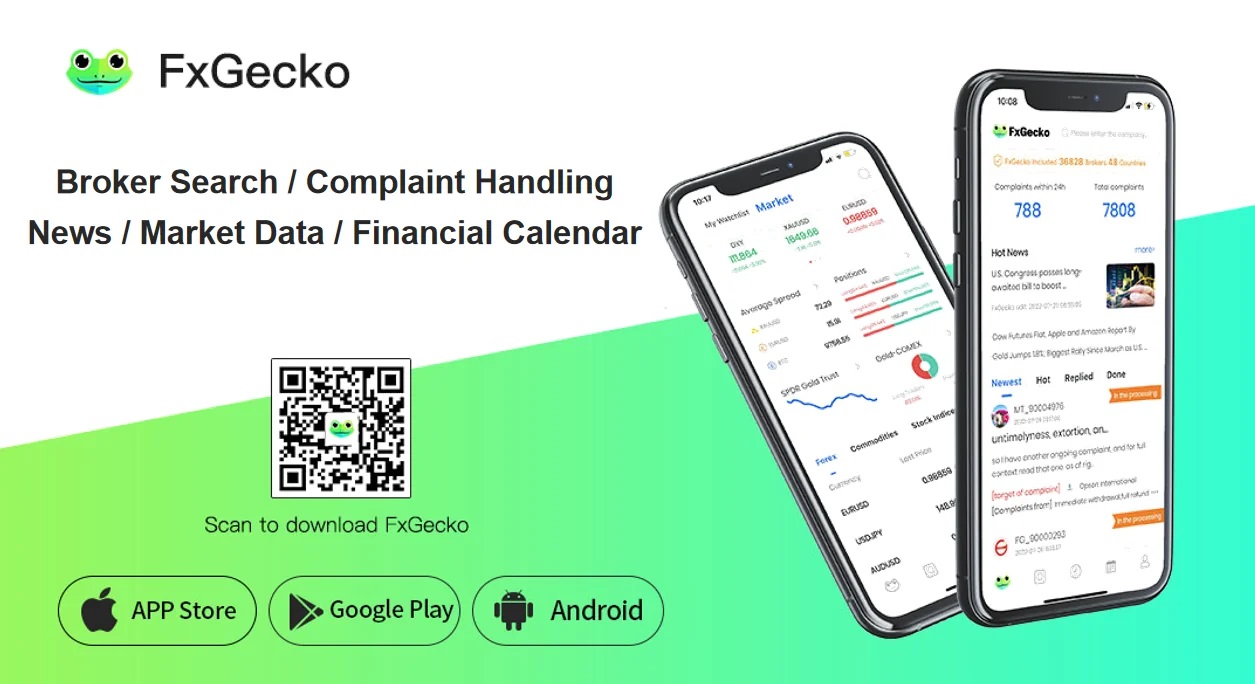Information Technology is currently at the forefront of the developing world and it has been for a while now. What backs up this claim is that projected spending within the industry is amounting to around $3.8 Trillion.
Software development, in particular, has experienced different trends from time to time. With technologies emerging every day, the software industry is advancing at nothing less than the speed of light. Artificial Intelligence, Low-code/No-code development, Progressive Web Applications, Cloud Computing, IoT, all these are things that maybe until a decade ago might have been unthinkable. Yet, here we are, in the midst of it where all these technologies are booming.
On the other end, we now have third-party service providers. Web design by Weebly, ClickFunnels’ marketing automation, and software distribution by JFrog are just some of the countless tools that are facilitating businesses in expanding globally. Not just within the IT industry, but other sectors like healthcare, banking, etc. as well.
We may not be able to predict what software development will look like a decade from now; considering the rapid pace at which it is evolving. However, there are some trends that are telling us what the near future for software development looks like:
1. Adoption of Low-Code/No-Code:
Coding is the first thing that comes to anyone’s mind when we talk about software development. But, what most don’t realize is how software engineering is prone to bugs, setbacks, and problems. And these often result in higher monetary costs.
This use case is what inspired another way of creating software; low-code or no-code development. With drag-and-drop elements, it’s a way of software development that doesn’t require advanced coding skills and encourages faster and more convenient development.
2. Cloud Computing Is On the Rise and The Pandemic Is Where It Started:
COVID-19 taught us that remote working was indeed possible. It’s when businesses realized that they didn’t need to incur heavy costs with setting up on-site data centers because a cheaper option of cloud storage was available.
Cloud spending increased globally by 6% when the pandemic hit and it has steadily grown ever since. But above all, this market is forecasted to double in a few years.
3. Artificial Intelligence is Picking Up:
We’ve all heard of ChatGPT and other AI tools that have recently made their place in the market; it’s making people realize how AI can do almost everything a human being can, in a fraction of the time.
Businesses realize this, and they have adopted AI tools and technologies whether it’s for making predictions or creating artworks. The banking sector estimates that lesser errors would be able to drive trillions of dollars in revenue, whereas, healthcare is gravitating toward the adoption of AI, day by day.
The AI market is expected to increase to $500 billion by 2024.
4. Progressive Web Apps (PWAs) Are Becoming a Thing:
One of the technologies that are changing the dynamics of front-end development, PWAs have started making their place in the market. The software industry is well aware of how end users don’t want to download mobile apps into their smartphones. This is exactly why companies are opting for progressive web apps, which provide users with an experience of both.
PWAs, just like native apps, are able to load more quickly and are also able to send push notifications. They’re even available offline. But, they don’t have to be downloaded. They’re just added to your home screen. Which happens in an instant, and doesn’t take up much space within a smartphone either. More than that, they’re a lot easier to develop too!
5. Blockchain Technology is Expanding:
Blockchain technology is picking up around the world because of how cryptocurrency has taken over globally. However, it’s certainly making its place in software development as well. Most companies are now on their way to adopting Blockchain-Oriented Software (BOS) Systems because of their robust nature and how secure they are. Users can view data, but it cannot be deleted or modified, making it less prone to cyber-attacks. Smart contracts are just another benefit.
This makes the technology a good candidate in other sectors like banking and healthcare, as well.
The future for software development is no doubt, a bright one. What we can expect in the future is more automation and interconnectedness in an even further digitalized system.
There will be challenges. Hackers will be looking for loopholes to exploit and there will be more cyber-attacks. However, with the right security measures, these threats can definitely be catered to.








Add Comment